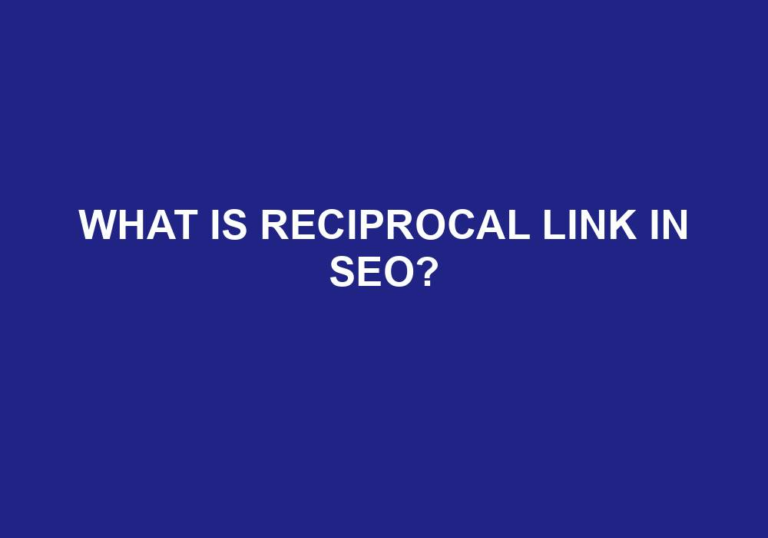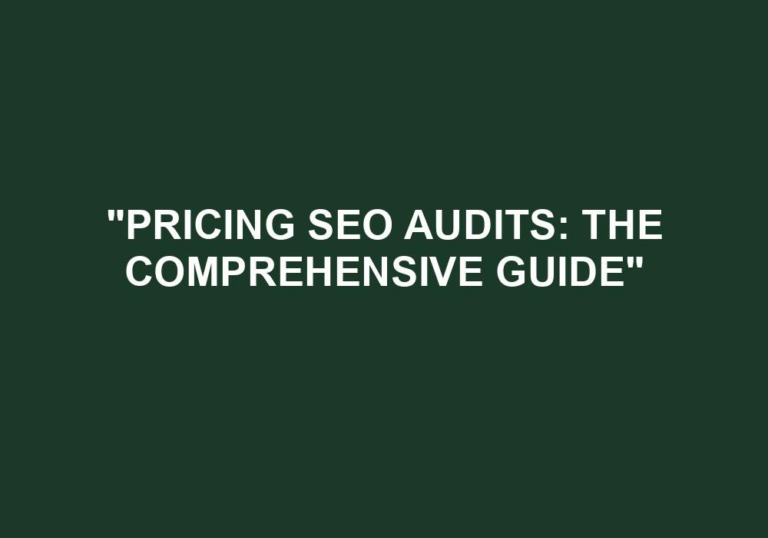In the realm of website development and search engine optimization, the question of whether one can have multiple H1 tags on a single page is a topic that often sparks heated debates. H1 tags, also known as heading tags, play a crucial role in structuring content and signaling its importance to search engines. Traditionally, it has been considered a best practice to have only one H1 tag per page, as it helps to maintain a clear hierarchy and avoid confusion for both users and search engines. However, as the landscape of web design and SEO evolves, so too do the opinions on this matter. In this article, we will delve into the arguments for and against using multiple H1 tags on a page, exploring the potential benefits and drawbacks of this approach.
To understand the potential impact of using multiple H1 tags, it is essential to first grasp the purpose of these tags. H1 tags serve as the main heading of a page, providing a concise and descriptive summary of its content. In terms of SEO, search engines use H1 tags to determine the relevance and subject matter of a page, ultimately affecting its ranking in search results. By adhering to the conventional wisdom of having one H1 tag per page, web developers and content creators ensure a clear and well-structured hierarchy, allowing search engines to easily understand the primary focus of the page. However, proponents of using multiple H1 tags argue that this approach can offer more flexibility and granularity in organizing and emphasizing different sections of content, potentially improving user experience and engagement. As the debate rages on, let us explore both sides of the argument and determine whether multiple H1 tags can coexist harmoniously with effective SEO practices.
Yes, you can have multiple h1 tags on a page. However, it is recommended to have only one h1 tag per page for better SEO practices. Having multiple h1 tags can confuse search engines about the main heading of the page. It is advisable to use h2, h3, and other heading tags for subheadings and section titles.
Can You Have Multiple h1 Tags on a Page?
Heading 3: Introduction
In the world of HTML, the h1 tag holds a special significance. It represents the main heading of a webpage, typically used to indicate the title or main topic. However, a question that often arises is whether multiple h1 tags can be used on a single page. In this article, we will delve into this topic and provide you with a clear understanding of the best practices and guidelines regarding the usage of h1 tags.
Paragraph 1:
To begin with, it is important to note that according to the HTML5 specification, there should ideally be only one h1 tag per webpage. This practice ensures a clear and hierarchical structure for the content, making it easier for search engines and users to understand the main topic of the page. The h1 tag carries significant weight in terms of SEO (Search Engine Optimization), as search engines rely on it to determine the relevance and importance of the content.
Paragraph 2:
However, there are certain scenarios where using multiple h1 tags can be considered acceptable. One such case is when a webpage is divided into distinct sections, each with its own unique topic or subtopic. In such instances, it is advisable to use h2 tags for the main headings of each section, and reserve the h1 tag for the overall page title. This approach maintains a clear hierarchy and helps both search engines and users navigate through the content effectively.
Heading 3: Best Practices for h1 Tags
Paragraph 1:
While the use of multiple h1 tags can be permissible in certain situations, it is generally recommended to stick to the conventional practice of using a single h1 tag per page. This ensures consistency and clarity in the structure of your HTML, making it easier for search engines to interpret and index your content accurately. Moreover, it helps users quickly identify the main topic of your page, enhancing their overall browsing experience.
Paragraph 2:
To enhance the accessibility and SEO-friendliness of your webpage, it is crucial to optimize your h1 tags. Make sure to utilize relevant keywords that accurately describe the content of your page. This will not only help search engines understand the context of your content but also improve its visibility in search engine results. Additionally, consider making your h1 tags visually appealing by using appropriate CSS styling to make them stand out, without compromising on the overall design and readability of your page.
Heading 3: Conclusion
The proper usage of h1 tags is crucial for maintaining a well-structured and SEO-friendly webpage. While it is generally recommended to have only one h1 tag per page, there are certain scenarios where using multiple h1 tags can be acceptable. By following best practices, such as optimizing your h1 tags with relevant keywords and ensuring consistency in their usage, you can effectively convey the main topic of your page while improving its visibility in search engine results.
Frequently Asked Questions
Here are some commonly asked questions regarding the use of multiple <h1> tags on a page:
Can you have multiple <h1> tags on a page?
Yes, you can have multiple <h1> tags on a page. However, it is generally recommended to have only one <h1> tag per page for better SEO (Search Engine Optimization) practices. The <h1> tag is typically used as the main heading of a page, and having multiple <h1> tags can confuse search engines in determining the main topic of the page.
Instead of using multiple <h1> tags, you can use other heading tags like <h2>, <h3>, etc., to structure your content hierarchically. This helps search engines and users understand the organization of the page and the importance of different headings.
What happens if you have multiple <h1> tags on a page?
If you have multiple <h1> tags on a page, search engines may find it difficult to determine the main topic of the page. This can result in a negative impact on your website’s SEO as search engines rely on the <h1> tag to understand the primary content of the page. It is recommended to use only one <h1> tag per page to clearly define the main heading of the content.
Having multiple <h1> tags can also make the page structure less organized, making it harder for users to navigate through the content. It is important to maintain a logical and hierarchical structure by using appropriate heading tags to improve the user experience.
Are there any exceptions where multiple <h1> tags are allowed?
While it is generally recommended to have only one <h1> tag per page, there are some exceptions where multiple <h1> tags might be allowed. For example, in certain content management systems (CMS) or templates, it may be necessary to use multiple <h1> tags for specific design or functional requirements.
However, even in such cases, it is important to ensure that the multiple <h1> tags are used sparingly and with a clear purpose. It is still advisable to follow best practices and guidelines for SEO by using appropriate heading tags to structure the content effectively.
What are the alternatives to using multiple <h1> tags?
Instead of using multiple <h1> tags, you can utilize other heading tags such as <h2>, <h3>, <h4>, etc., to structure your content. These heading tags provide a hierarchical order to your headings and help search engines and users understand the organization of the page.
By using appropriate heading tags, you can emphasize different sections or subtopics within your content without confusing search engines or users. This allows for better readability, accessibility, and SEO optimization of your web page.
How can I optimize my headings for SEO?
To optimize your headings for SEO, it is recommended to follow these best practices:
1. Use a single <h1> tag per page to clearly define the main heading of the content.
2. Utilize other heading tags (<h2>, <h3>, etc.) to structure your content hierarchically, emphasizing important subheadings.
3. Incorporate relevant keywords in your headings to improve search engine visibility and relevance.
4. Make sure your headings accurately reflect the content of the sections they represent.
5. Avoid using headings solely for styling purposes; instead, use appropriate semantic markup like <p> tags or CSS for styling purposes.
By following these guidelines, you can optimize your headings for both search engines and users, resulting in improved SEO performance and user experience.
In conclusion, the question of whether you can have multiple H1 tags on a page is a topic that has sparked much debate among web developers and SEO experts. While it is technically possible to have multiple H1 tags on a page, it is generally not recommended. The H1 tag is meant to provide a clear and concise heading for the page, helping both users and search engines understand the main topic or purpose of the content. Having multiple H1 tags can lead to confusion and dilution of the page’s focus.
From an SEO perspective, having multiple H1 tags can also impact the page’s ranking potential. Search engines may not be able to determine the primary focus of the page if there are multiple H1 tags competing for attention. This can result in a lower ranking for the page in search engine results.
Therefore, it is advisable to stick to best practices and use a single H1 tag per page. This will ensure that your content is properly structured, easy to understand, and optimized for search engines. By providing a clear and concise heading, you can enhance the user experience and improve your chances of ranking higher in search engine results.





